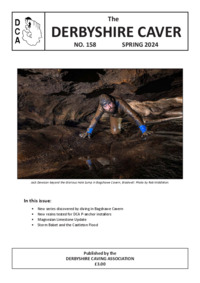Cantclimbtom
Well-known member
Looking at BGS around Finedon, especially looking a little West - could it be the area there the ironstone is present in conjunction with Whitby Mudstone? Which they describe (https://webapps.bgs.ac.uk/lexicon/lexicon.cfm?pub=WHM) as "..Medium and dark grey fossiliferous mudstone and siltstone, laminated and bituminous in part.." the word bituminous jumps out at me for black damp.
Dunno, do we have a tame geologist reading this? (if not tame, at least vaguely house trained )
)
Dunno, do we have a tame geologist reading this? (if not tame, at least vaguely house trained



